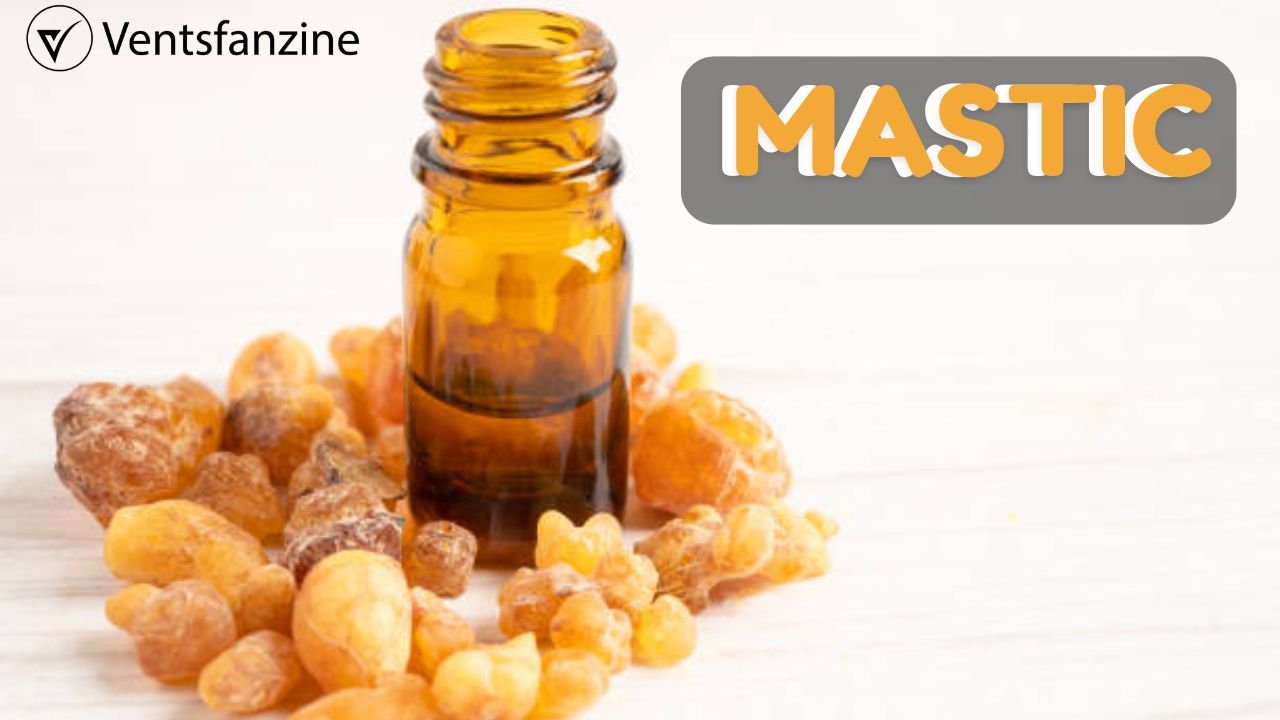Introduction
Mastic, an ing gum obtained from the Ittree, has been esteemed for a long time for its heap uses and advantages. Deductively known as Pistacia lentiscus, it is usually tracked down on the Greek island of Chios. The pitch, ordinarily called Itgum, has a long history of purpose in culinary, clinical, and corrective applications. This article dives into the set of experiences, creations, uses, and gifts of and features why this everyday item is still so esteemed today.
Historical significance of mastic
Again, It has a rich historical connection to historical cases. It became especially valued for its healing properties and aromatic elements among the Greeks, Romans, and Egyptians. The Greek physician Hippocrates, the father of drugs, documented its use to treat digestive problems and infections. In historic Rome, it was used in dental care to clean teeth and freshen breath. The Egyptians used it in embalming because of its preservative properties.
Production of putty and resin
Mastic is an evergreen shrub that thrives in a Mediterranean climate. Harvesting is labour-intensive and involves making cuts inside the tree’s bark to allow the resin to flow out. This resin then hardens into droplets that can be collected and cleaned. The production of it is a tradition passed down through the generations, especially on the island of Chios, where the techniques have been perfected for centuries.
Culinary use of mastic
One of the most popular uses for It Is in the culinary world. In Greece and the Middle East, it is used to flavour many foods, from bread and pastries to sauces and desserts. It is a critical ingredient in the traditional Greek liqueur mastic, a valuable digestive aid and a clean drink. The unique, slightly piney taste gives dishes an exceptional taste, making it a popular ingredient in local kitchens.
Medicinal effects of mastic
It has been used for its healing properties for many years. It is believed to have anti-inflammatory, antibacterial, and antifungal properties. Modern studies have confirmed many of these conventional uses. It has been proven to help with indigestion, gastritis, and ulcers by reducing infections and killing harmful bacteria in the stomach. Due to its potential to reduce microorganisms and irritation, it is also used in herbal remedies for respiratory problems and oral conditions.
In cosmetics and personal care
The blessing of It extends past culinary and medicinal uses. It is also a valued factor in cosmetics and personal care goods. Itoil is used in skin care products for skin protection against ageing and regeneration. It makes it possible to increase skin elasticity, reduce wrinkles and promote healthy skin. In dental care, Itgum is used to freshen breath and maintain oral hygiene, as was the case historically.
Economic importance of mastic
Production and trade are essential to Chios’s economic system. The industry provides employment and supports neighbourhood groups. Its goods are exported abroad, bringing a piece of the island’s heritage to world markets. Its unique properties and limited production make it a prized commodity, and efforts are made to protect and promote this conventional industry.
Modern research and prospects
Recent clinical research is constantly looking for new uses for the capacity and blessing of mastic. Studies have explored its role in fighting most cancers, treating diabetes and aiding cardiovascular fitness. As interest in herbal and alternative medicine grows, It is gaining popularity as a valuable herbal product with a wide range of programs. The fate of It appears promising as ongoing studies and innovations open up new possibilities for its use.
Environmental and cultural significance
In addition to the monetary fee, Ithas considerable cultural and ecological significance. Mastic, Pistacia lentiscus, is an integral part of the Mediterranean region, contributing to biodiversity and soil conservation. Its Cultivation shaped the skyline of Chios, creating precise agricultural terraces referred to as “Itvillages”. These villages, consisting of Pyrgi and Mesta, are not the most spartan centres of production but cultural centers where the traditions associated with the harvesting and processing of Itare are preserved.
Sustainability challenges and conservation efforts
Despite its cultural and monetary benefits, the industry faces sustainability challenges. Climate change, pests, and financial pressures have recently affected production. Efforts are underway to market sustainable practices and guide small Itfarmers. Organizations and projects on Chios work together to maintain conventional understanding, improve cultivation strategies, and promote responsible harvesting practices to ensure the industry’s long-term viability.
Culinary innovation and global appeal
In recent years, It has gained popularity for its traditional Mediterranean roots. Chefs and international food fans are discovering its unique taste and versatility. It is increasingly used in connoisseur delicacies and revolutionary culinary creations, from ice creams and candies to savory dishes and cocktails. Its aromatic profile, combining hints of pine and citrus, adds a sophisticated touch to modern recipes, making it a sought-after factor internationally.
The role of Itin alternative medicine
In addition to its conventional uses, It has established a place in opportunities and holistic medicine. Its natural antibacterial and anti-inflammatory properties make it a widespread choice for nutritional supplements and herbal remedies. Dietary supplements are advertised for digestive health, immune support and general well-being. Research continues to uncover potential benefits in managing ongoing conditions, including inflammatory bowel disease (IBD) and arthritis, highlighting its role in integrative health practices.
Arts and Crafts of Mastic
In addition, It has inspired artists and artisans who incorporate its gummy texture and unique aroma into various crafts. Putty resin is used in traditional painting strategies such as egg tempera to provide a natural pigment binder. Artisans on Chios create intricate patterns and decorative objects using putty, showcasing the aesthetic and functional properties of the resin. This intersection of art and craft further underscores its cultural significance and enduring appeal in specific innovative disciplines.
Future outlook and opportunities
Looking to the future, the fate of It appears promising but challenging. As consumer awareness of herbal goods grows, the demand for Itis likely to increase. Innovations in Cultivation, processing, and product development maintain the ability to increase the company’s market reach and programs. Sustainable practices and conservation efforts can be crucial in protecting it and its surroundings. Collaborative initiatives between local groups, researchers, and stakeholders aim to ensure that the resource continues to thrive as a sustainable, culturally significant, and economically viable resource.
Scientific research and medical applications of mastic
Scientific interest in It has grown, prompting research into its health benefits. Research suggests that Itgum may also possess antimicrobial properties, making it effective against certain microorganisms that cause oral infections and gastrointestinal problems. It has been used in traditional medicine for centuries, with doctors prescribing it for ailments ranging from stomach problems to dental hygiene. Modern studies are focused on validating these conventional uses and exploring new therapeutic packages for mastic-derived compounds.
Global market dynamics and economic impact
The global It market has evolved drastically due to increasing consumer demand for natural and sustainable products. Countries such as Greece, especially the island of Chios, remain the primary producers and exporters of caulking resin. The economic impact extends past Cultivation and processing, including tourism and cultural background. Ittourism in Chios, for example, attracts visitors’ interest by learning about the specific landscape, conventional practices, and culinary delights infused with mastic.
Cultural significance and traditional practices
Mastic has deep cultural significance in Mediterranean societies, where miles are celebrated in galas, rituals and everyday lifestyles. The annual Chios Itharvest is a communal event that brings families and groups together to participate in the detailed system of collecting resin from the Itbushes. Traditional know-how is passed down through generations of harvesting techniques courses that ensure sustainable practices that respect the herbal environment and maintain production integrity.
Craftsmanship and contemporary applications of mastic
Chios artisans continue to explore the capabilities of putty in artisan crafts and contemporary design, even in the past. The unique properties of Itresin, such as its fragrant intoxicating smell and adhesion, make it a popular material for developing jewellery, decorative objects and even eco-friendly packaging. The versatility of the resin in the layout is complemented by its green credits, which are in line with international features towards sustainable and eco-friendly products.
Regulatory challenges and sustainability initiatives
Despite its cultural and financial importance, Cultivation faces sustainability and regulatory challenges. Climate change, agricultural practices, and market demands threaten Cultivation and biodiversity. In response, stakeholders collaborate on sustainability tasks that promote responsible logging, reforestation efforts, and natural certification. This effort aims to protect the mastic natural environment and ensure a sustainable future for production.
Prospects and innovations of mastic
The future looks promising with continued research, innovation and sustainability efforts. Advances in biotechnology may also unlock new applications for Itresins in industries, including prescription drugs, cosmetics, and food packaging. Innovations in cultivation strategies and product improvements may expand Iton’s reach and appeal in the global market. As the focus on clients grows, recognizing It as a herbal, versatile and culturally significant helpful resource will likely support a sustainable business that balances culture with modernity.
Conclusion
Mastic is undoubtedly a great natural product with rich records and various packaging. It remains highly valued, from its use in historical medicinal and culinary traditions to its modern fitness and beauty boon. Its production is a testament to the talent and dedication of the people of Chios, who have preserved this historic culture. As studies continue to reveal the various benefits of mastic, its reputation is likely to grow, ensuring that this precise resin remains an essential part of our lives.
Read More How https //rare fiedtech.com is Transforming Tech Education











